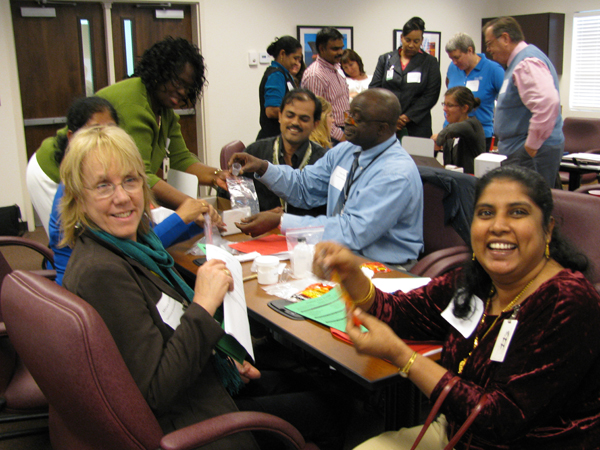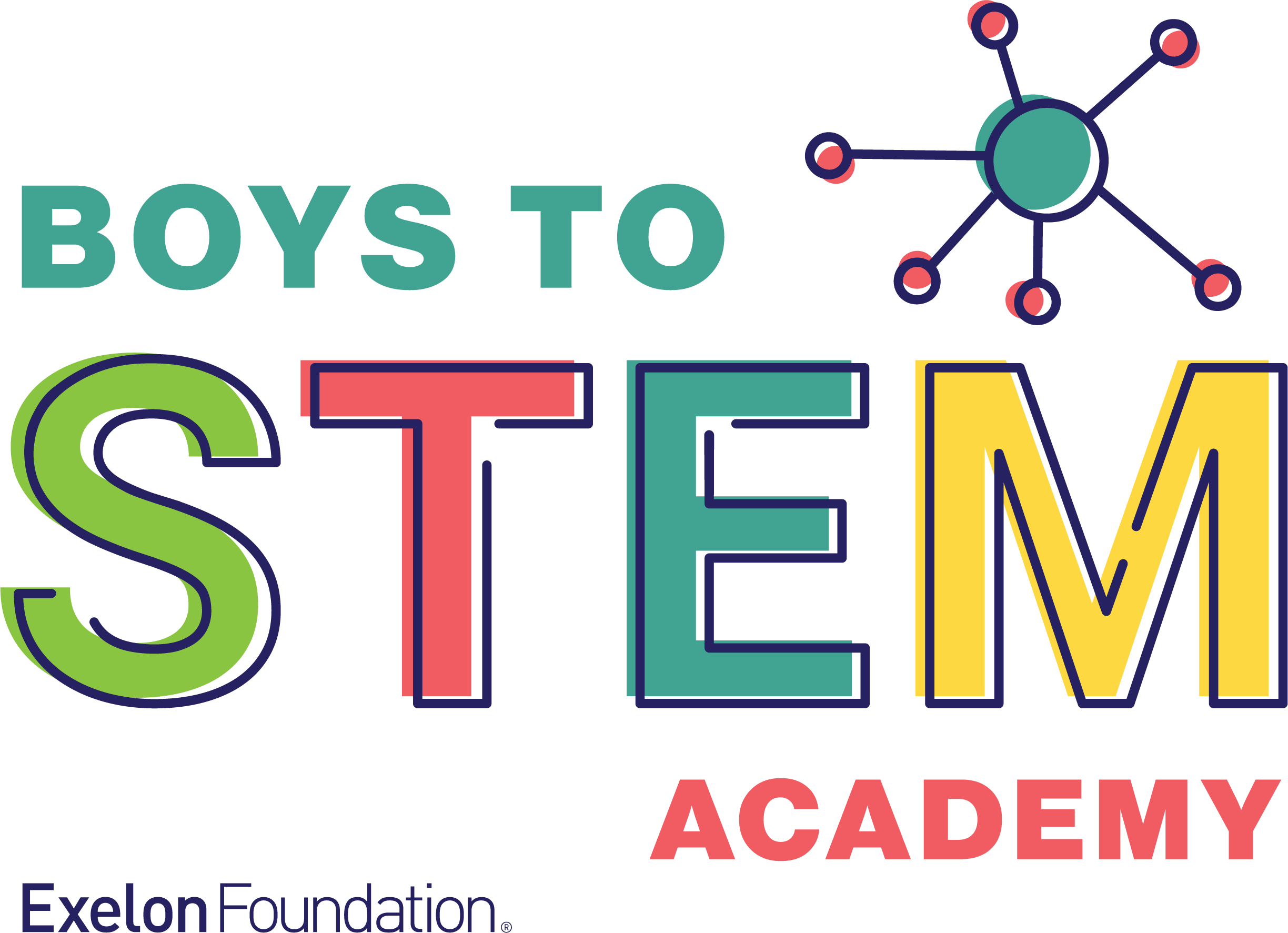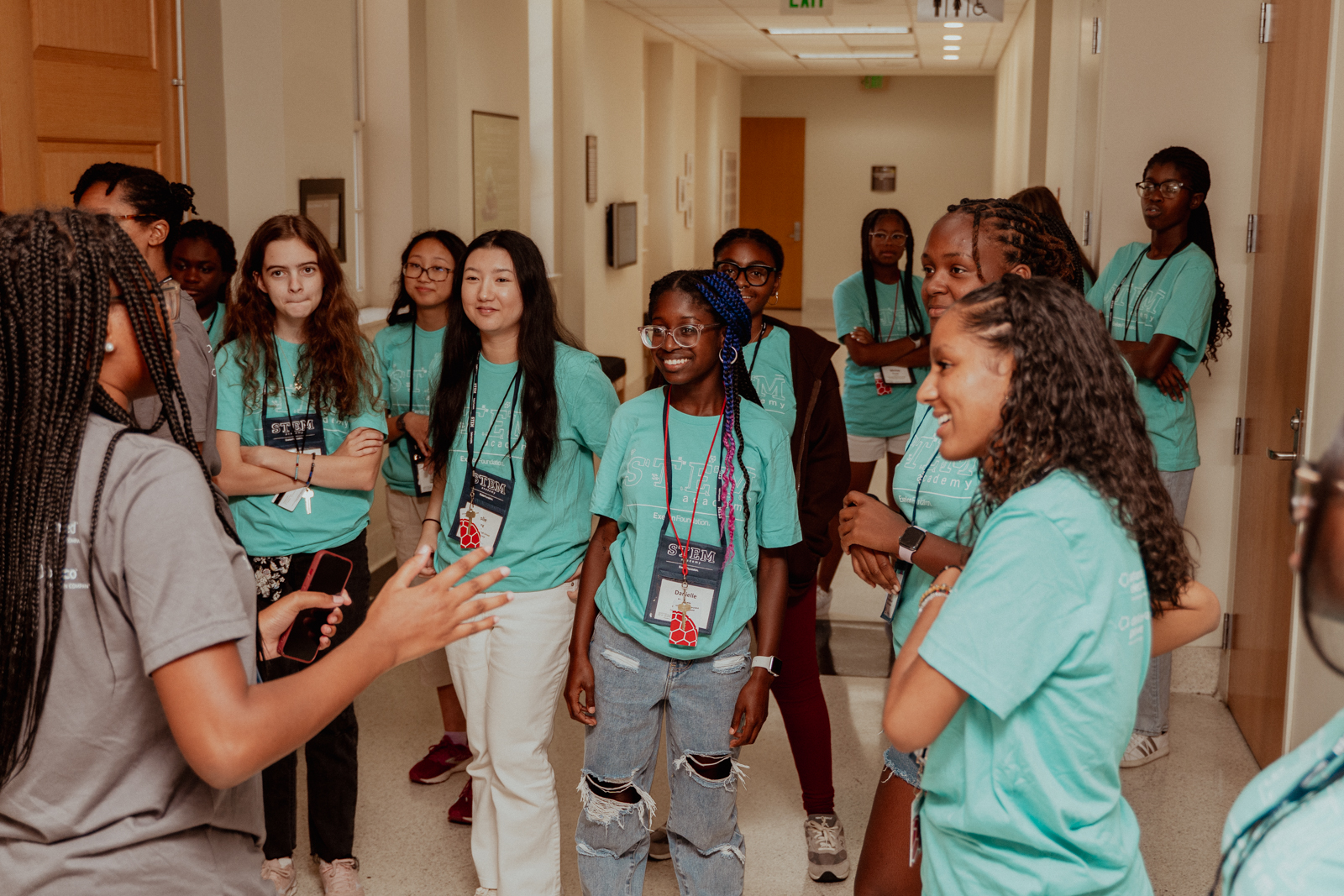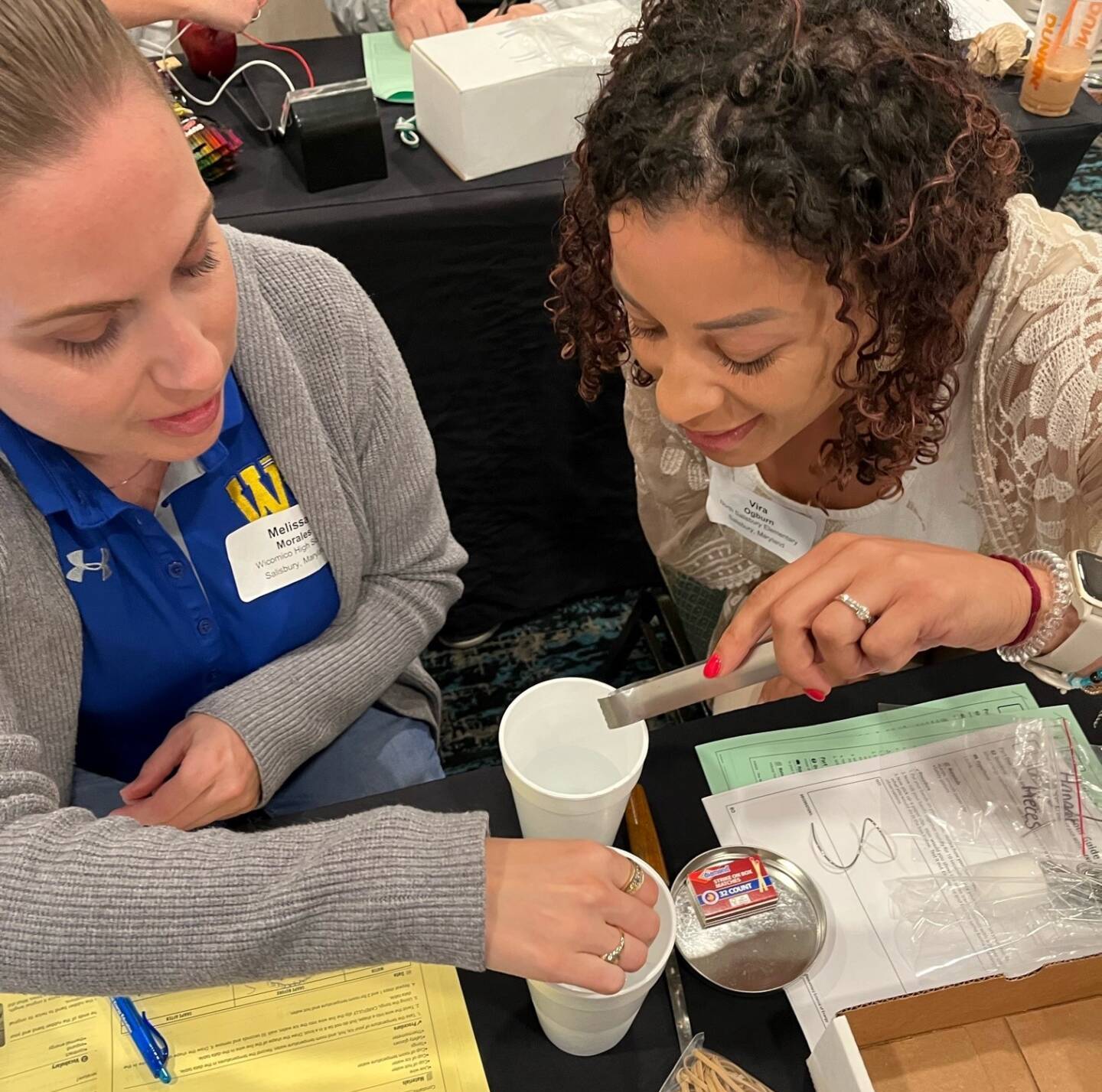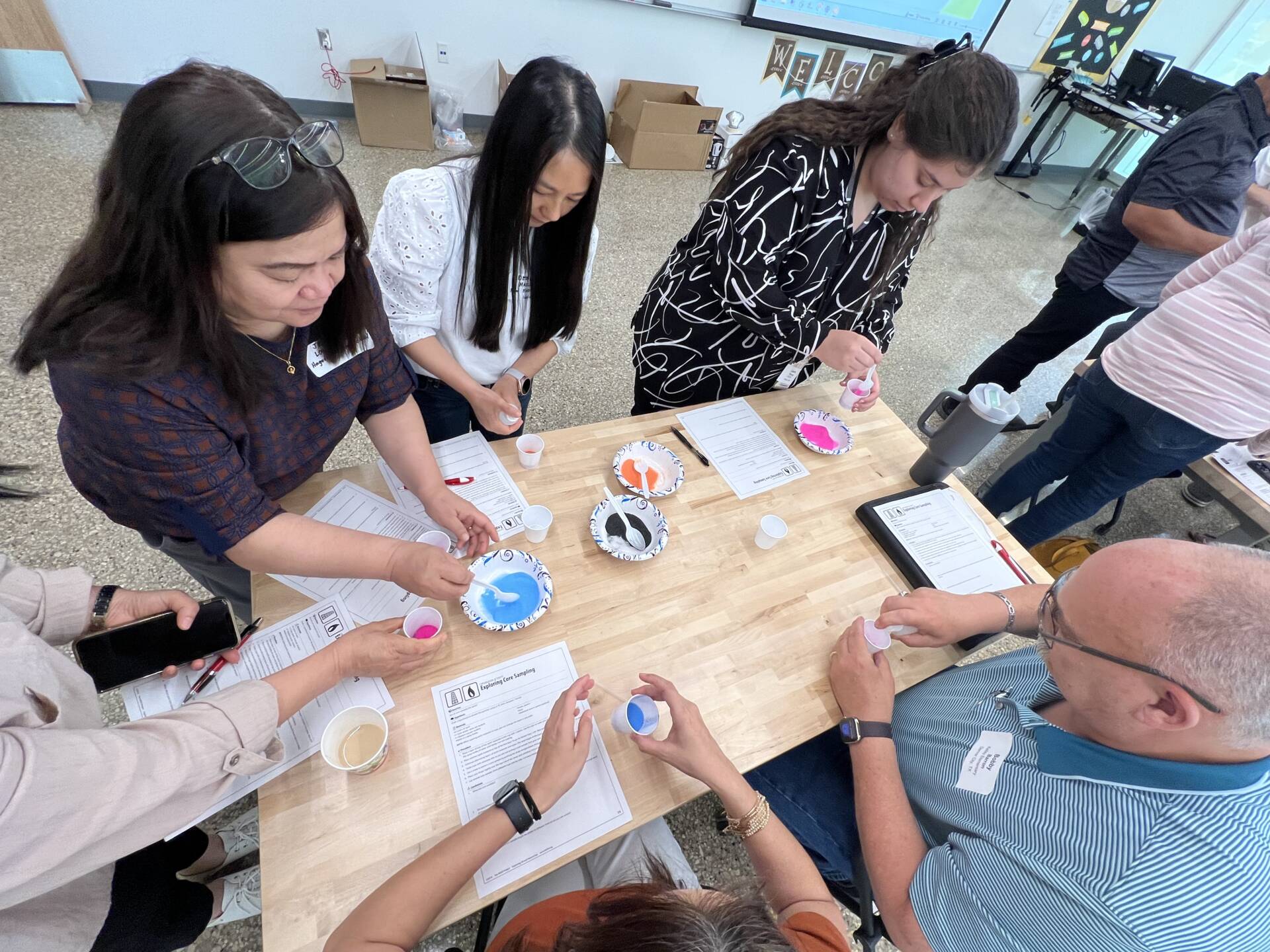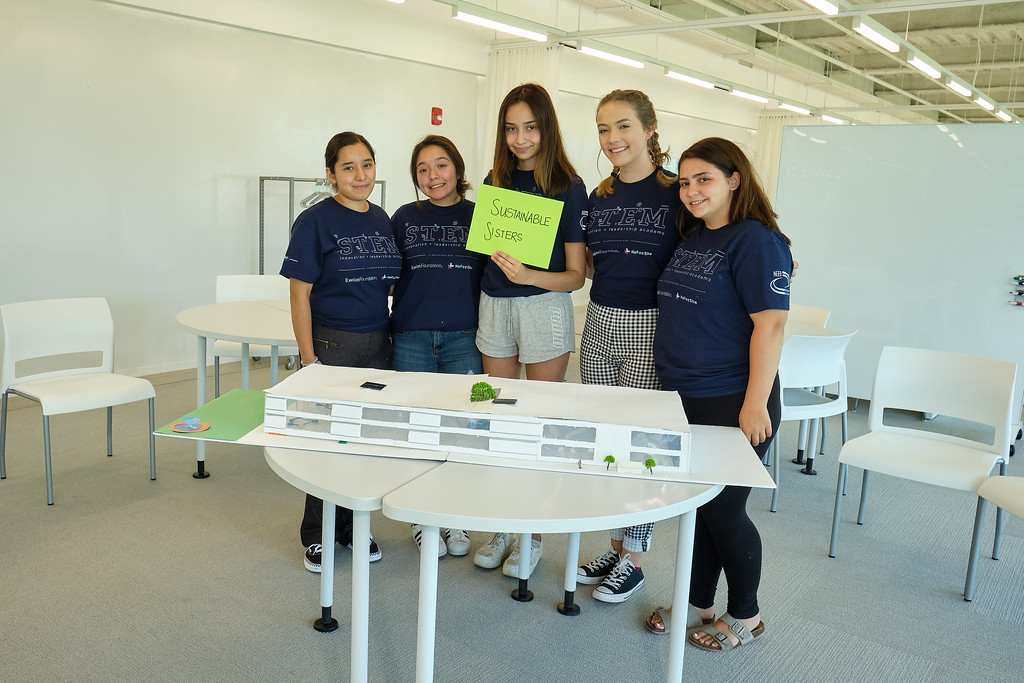About NEED
NEED
THE NATIONAL ENERGY EDUCATION DEVELOPMENT PROJECT
Over 35 years ago, The National Energy Education Development (NEED) Project began as a one-day celebration of energy education when National Energy Education Day was recognized by a Joint Congressional Resolution. In the same year, President Jimmy Carter issued a Presidential Proclamation stressing the need for comprehensive energy education in our schools, a reduction of our dependence of fossil fuels, and increasing use of renewable energy technologies and energy efficiency. Since its founding, NEED has kept its Kids Teaching Kids philosophy as a fundamental principle of NEED programming – encouraging students to explore, experiment, and engage, and encouraging teachers to embrace student leadership in the classroom. NEED trains and assists teachers in harnessing the energy of the classroom – the energy of students.
NEED is expanding and evolving to best meet the needs of teachers and students – in the classroom and beyond. In just the last decade The NEED Project has grown to encompass a curriculum portfolio of 100+ teacher and student guides designed to teach teachers and students about energy. At the same time, the training opportunities offered by NEED expanded to include a variety of teacher professional development and training for school district energy personnel as well. NEED’s work in after school programs, student clubs, scouting groups, and home school networks also continues to grow.
NEED students and teachers understand energy
They are local experts and leaders
In community discussions on energy use, energy efficiency and new energy technologies, they reach out to the public to actively teach about energy and energy decisions, and they practice smart energy decision making with their own families and in their own homes.
NEED’s reach, program, and portfolio are very different than they were in the early years
They still focus on the important student leadership development
That sets NEED apart from being just another curriculum organization. A balanced approach to a discussion of energy is fundamental to how NEED curriculum is written, delivered, and shared. NEED designs and delivers curriculum and support for virtually any classroom and at any grade level– from Kindergarten to high school and beyond– from science and pre-engineering labs to language arts and after-school clubs.
Students use hands-on, inquiry based lessons
Your Content Goes HereExploring the physics and chemistry of energy
Students engineer turbines and generators, testing their models for maximum electricity output. Students write and perform plays about energy in drama class, calculate payback periods of energy efficient appliances in math class, and discuss the history and human impact of energy use in social studies.
Getting Students Involved in Energy
Students learn how to design buildings better to maximize energy efficiency and to keep our buildings healthy. In career and technology classrooms students are installing solar panels, monitoring wind turbine output, learning about oil and gas exploration in shale, and exploring transportation technologies. NEED students are the future of the energy workforce. Students interested in engineering, science, economics, environmental sciences, law, geology and a host of other disciplines have a role in the energy industry.
We work hard to help teachers meet the requirements of state standards, Common Core, and the Next Generation Science Standards. As states adopt their new standards, NEED will continue working to provide state alignments to our entire curriculum portfolio. We know this helps teachers teach more energy in their classrooms and we’ll continue to work hard to give teachers all they need.
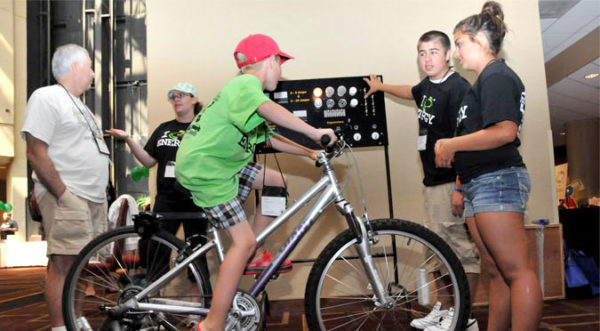
NEED
LEADERSHIP
NEED
